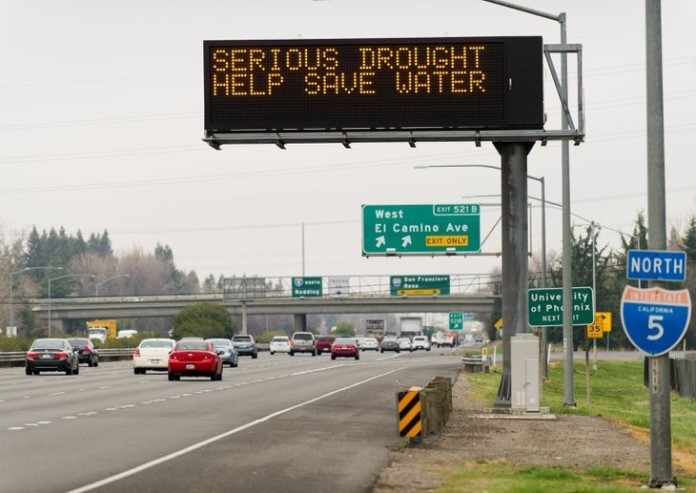If the findings of GreenBiz Group’s State of Green Business 2018 is any indication the private sector’s performance in addressing energy, waste, water, greenhouse gas challenges is close to being impressive.
Consider this:
- Corporate greenhouse gas emissions reached its lowest level in the past five years. The 1,200 largest companies in the world emitted 12% less greenhouse gas (GHG) emissions in 2016 than they did in 2012, while the 500 leading U.S. companies emitted 4% less.
- The amount of waste generated decreased by 22% compared to 2012 for the 1,200 largest companies in the world.
- The share of global and U.S. companies having GHG and water-reduction targets grew by roughly 10 % over the last five years. In 2016, about 60% of global companies set a GHG reduction target, while 25% of global companies set a water reduction target.
- Current carbon targets contribute just 20% of the reductions needed by the top 1,200 global companies to align with the Paris Agreement 2°C goal
This is GreenBiz’s 11th annual report, one of the most comprehensive and well researched. It’s partnership with Trucost, part of S&P Dow Jones Indices, helps with key data and metrics.
This edition’s specialty is that it looked at improving on the metric of how companies are managing risk: their key strategies; their efforts to improve their understanding of risks from water, natural capital and carbon pricing; and their increasing awareness of their downstream and indirect risk.
The report’s editor-in-chief Joel Makower writes in the introduction how “The trends reflect some of the untapped potential of sustainable business: to go beyond cutting costs and reducing risks, by fostering product innovation, new revenue streams and new business models. Some of these will happen over several years, even decades, while others will become main stream in a surprisingly short time.”
However, many challenges are still daunting – like the short-termism of investors; the many difficulties of transforming supply chains and Trump. But Trump’s decision to withdraw has had little impact on other countries and even most states in the US in their determination to work with global bodies.
Richard Mattison, CEO of Trucost noted “Many of these impacts are embedded in the supply chains of companies rather than their direct operations. This poses serious risks for companies as carbon pricing regulation strengthens and climate-related impacts such as droughts disrupt supplies of water-intensive commodities. So, it is positive that more companies are disclosing supply-chain carbon emissions and water use.”
Better Carbon Risk Assessment Tools
For the 2-degrees-Celsius scenario, Trucost calculates that carbon prices will need to reach $120 per metric ton by 2030 to achieve the Paris Agreement goal. To date, some 42 national and 25 local governments have implemented carbon pricing initiatives or are planning to do so.
Meanwhile, Mattison writes “US. market participants including companies, financial institutions, states and cities are demonstrating unrelenting commitment to, and significant leadership on, climate action. Clearly, companies need to step up their commitments and understand the risks of a carbon pricing regime globally. We will therefore need forward-looking data and analytical tools capable of assessing carbon pricing risk under a variety of scenarios in different sectors and regions. The use of such tools by companies and investors is being encouraged by the Financial Stability Board’s Task Force on Climate-related Financial Disclosures. It marks a significant departure from reliance on historical carbon foot-printing — which, while still an essential baseline that all companies need to measure, says little about future risks. Carbon footprints need to be augmented with additional data that provides a more strategic lens on carbon risks and opportunities.”
The report also names 10 sustainable business trends for 2018, including the rise of environmental, social and governance data among large, mainstream investors; the growth among companies of science-based targets; the recent rise of financial products and services aimed at supporting renewable energy and other green initiatives; and the increased role of artificial intelligence and synthetic biology to take on seemingly intractable sustainability challenges.










